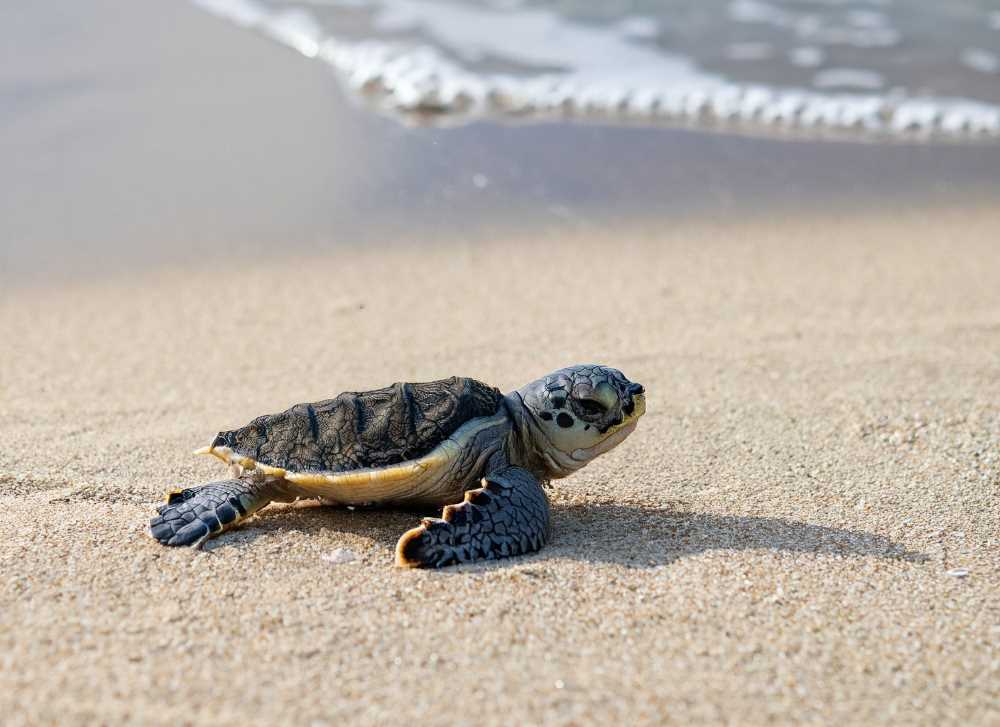Why Islas Marías' Sea Turtles Are Running Out of Time
In the biodiverse marine waters of Islas Marías, three species of sea turtles—Olive Ridley, Hawksbill, and Green—are teetering on the brink of extinction. Facing natural predators is just one part of their struggle; the real threat comes from human activities.

Imagine a delicate, newborn turtle making its arduous journey from its sandy nest to the vast, unpredictable ocean. With predators lurking at every corner, it's a cruel gauntlet of nature where only the fittest survive. But nature isn't the turtle's most formidable foe—it's us, humans. In the marine waters of Islas Marías, three vulnerable species of sea turtles are fighting an uphill battle against extinction, and we must take immediate action to protect them.
It's a sobering fact that only 1% of turtles survive offshore after they emerge from their eggs. The circle of life is unforgiving; crabs, foxes, and birds are opportunistic predators that feast on these tiny adventurers during their first pilgrimage to the sea. And yet, surviving these natural threats is but a small part of their struggle. The real danger lies in human interference—illegal trafficking and habitat invasion are pushing these magnificent creatures towards the brink of extinction.




